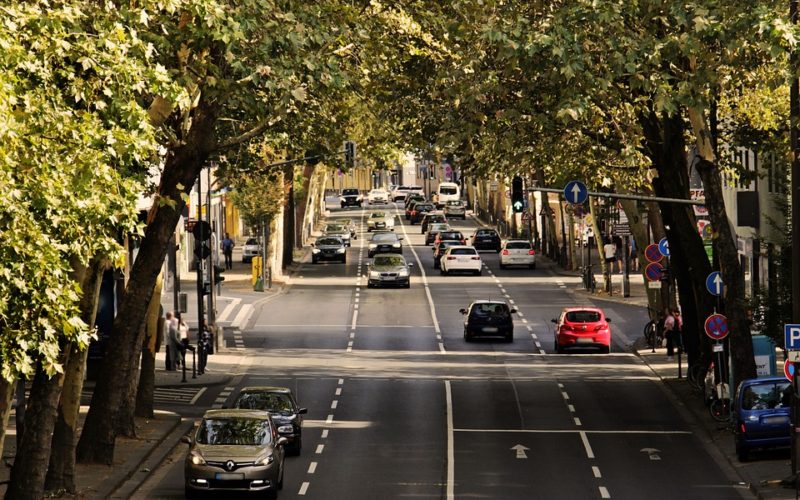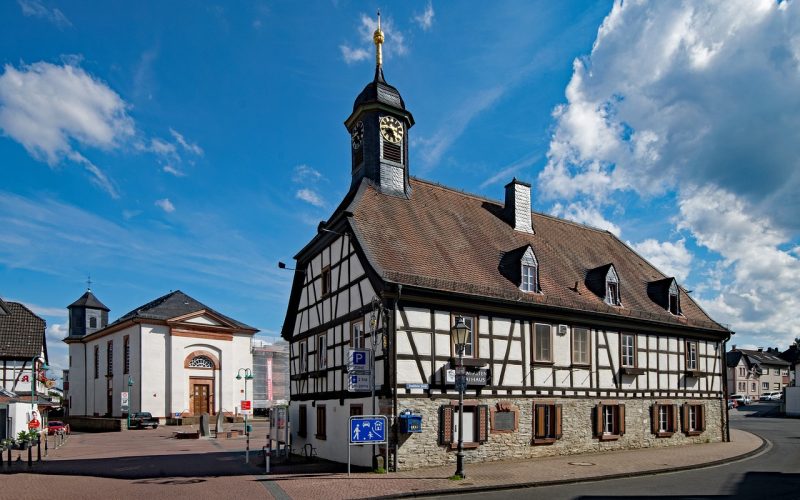How Cities Can Pivot Towards The Future
Cities are at the heart of the climate change conundrum, being responsible for over 70% of global CO2 emissions while also being highly vulnerable to the impacts of a warming planet. However, with careful planning and decisive action, cities have the opportunity to lead the charge in mitigating climate change. Some have already begun paving the way, serving as beacons of sustainable development and energy efficiency.
Rethinking urban transportation
One of the most impactful measures cities can take is to overhaul their transportation networks, shifting the focus from private vehicles to public and non-motorised forms of travel. The city of Copenhagen, Denmark, has become a poster child for bicycle-friendly infrastructure, with over 60% of residents cycling to work or school. By prioritising bike lanes, pedestrian zones, and integrated public transport, cities can significantly cut down on emissions while promoting healthier lifestyles.
Greening the urban landscape
Another strategy for cities to mitigate climate change lies in increasing urban green spaces. Parks, green roofs, and vertical gardens not only absorb CO2, but they also help manage storm water, cool urban heat islands, and improve air quality. Singapore's commitment to greenery in its urban planning has seen the city-state earn the nickname of ‘City in a Garden’, proving that high-density living and nature can coexist harmoniously.
Promoting energy-efficient buildings
Energy consumption in buildings accounts for a significant proportion of urban greenhouse gas emissions. Cities that incentivise retrofitting existing buildings and mandate green building standards for new constructions are making leaps in energy efficiency. For instance, Vancouver's Zero Emissions Building Plan aims to have all new buildings be emissions-free by 2030, showcasing a strong commitment to climate-friendly development.
Investing in renewable energy
Transitioning to renewable energy sources is critical in reducing cities’ carbon footprints. Several cities around the world have made substantial investments in solar, wind, and hydropower. Reykjavik, Iceland's capital, is powered entirely by renewable energy, thanks to its abundant geothermal and hydroelectric resources, setting an example for other cities to follow.
Fostering a circular economy
A circular economy, where waste is minimised and materials are reused or recycled, can drastically reduce a city's environmental impact. San Francisco, with its goal to achieve zero waste by 2030, has been leading the way in waste management by implementing comprehensive recycling and composting programs, alongside encouraging a reduction in single-use items.
Engaging and educating communities
Lastly, no city can combat climate change without the active participation of its residents. From community solar projects to urban agriculture initiatives, cities can provide platforms for citizens to get involved with sustainability efforts. Engagement through education also fosters a climate-resilient population that supports policy changes and adapts to new urban landscapes.
By implementing integrated and innovative approaches, such as improving transportation networks, expanding green spaces, enhancing building efficiency, transitioning to renewables, embracing a circular economy, and involving the community, cities can lead the transformation towards a sustainable and climate-resilient future. The examples of Copenhagen, Singapore, Vancouver, Reykjavik, and San Francisco illuminate pathways other urban centres can emulate, proving that change is not only necessary but also achievable.
























